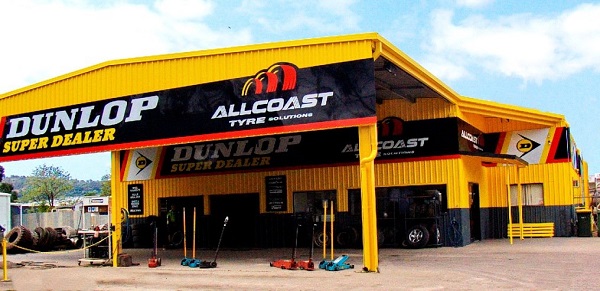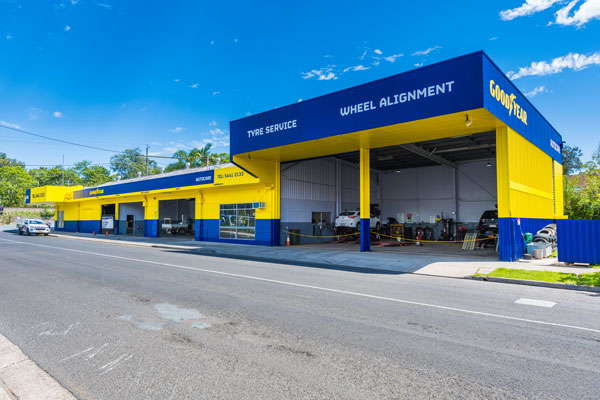
The Impact of Tyre Pressure on Your Car’s Fuel Economy
Friday 10 May 2024
Back to Latest News
Tyre pressure plays a critical role in vehicle performance, more so than most people recognise. When tyres are inflated to the right pressure, cars will consume less fuel, feel more comfortable and responsive to drive and cause less wear on the tyres themselves.
In other words, tyre pressure is critical for keeping your car healthy - but what exactly do we mean by “incorrect” tyre pressure? This guide explains all and shows why monitoring pressure readings is so important.
The Science of Tyre Pressure and Fuel Efficiency
If your tyres are underinflated, it means more of the tyre tread is in contact with the ground. While this is terrible for tyre wear it also increases the car’s rolling resistance. In other words, your car struggles to roll forward without using the engine to move it. You can’t coast for as long, so the engine works harder and more fuel is consumed.
It’s a similar situation when the tyres are over-inflated - there’s less contact between the tyre and the ground, but this causes more instability. Rolling resistance increases again and you have the same issue of the engine working harder than necessary and burning more fuel.
Avoiding these issues is possible if you have the optimal tyre pressure. This differs from vehicle to vehicle and is found in the owner’s manual or on the inside of the driver’s door. The correct pressure ensures rolling resistance decreases and your car can coast without being so heavily reliant on engine power.
Benefits of Maintaining Proper Tyre Pressure
Keeping your tyre pressure at the optimal level will help you:
- Improve fuel economy
- Reduce tyre wear and increase tyre longevity
- Improve the car’s handling and grip, leading to better safety
- Glide over bumps more smoothly, reducing the impact on your car’s suspension and improving the ride
Most people think checking tyre pressure is difficult, but it’s incredibly easy. Set a reminder in your calendar to do this every month - all you need is a tyre pressure gauge and an air pump. Both can be bought online or you’ll find them at most fuel stations. Monthly maintenance stops the tyres from dipping too low or getting overinflated so you never deal with fuel economy or tyre wear issues.
How to Check and Adjust Tyre Pressure
If you want to check and adjust tyre pressure, you should do the following:
- Find the tyre pressure readings for your vehicle
- Unscrew the valve dust caps from your tyres and keep them safe
- Use a reliable pressure gauge and push it down securely over the tyre valve stem
- If you don’t hear any air escaping, the gauge is correctly placed
- Look at the gauge to see the pressure reading in PSI
- If it is above the recommended levels, deflate your tyres by removing the gauge slightly until you hear air coming out. Check again to see the new reading
- If your tyres are under-inflated, use a suitable air pump and insert it over the valve stem. The air pump should have a pressure reading so you’ll see when it reaches the ideal level
To make life easier, consider doing this at a fuel station as the air pressure machines they have will check your tyre pressure and let you input the desired pressure level. From there, the machine will either inflate or deflate your tyres until they all reach the PSI you put in.
Conclusion
Having the proper tyre pressure for all four wheels will help your car save fuel and reduce tyre wear. It makes your vehicle more environmentally friendly while also saving you a tonne of money on monthly maintenance.
Check your tyre pressure today and adjust as needed for improved tyre performance and efficiency. If you’re unsure what to do, feel free to give us a call as we offer Car Servicing and will happily give your tyres a thorough inspection while offering guidance on how to check the pressure in the future.




